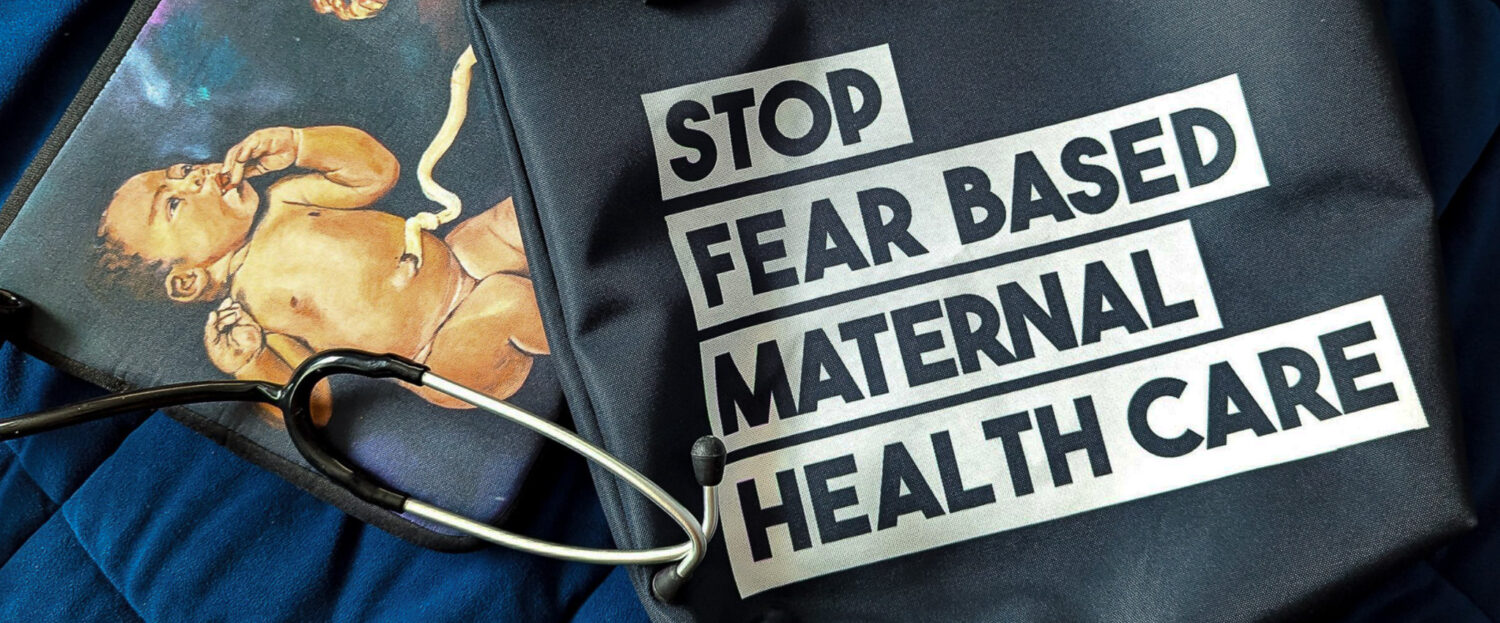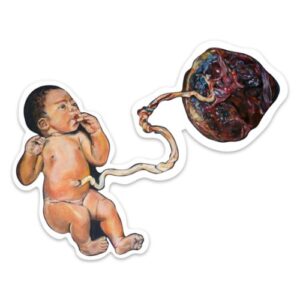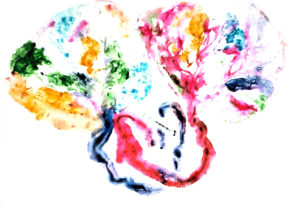
What Can You Do With Your Placenta?
Placentas are a helpful tool. They supply nutrients to the fetus. It is a life support system for the unborn child, a link between mother and child, and a super organ extraordinaire.
You might not even realize it, but you have an option about what to do with your placenta after birth. Hospitals usually discard human placenta regularly, but lately, more parents are preserving the placenta after birth—and for a good reason.
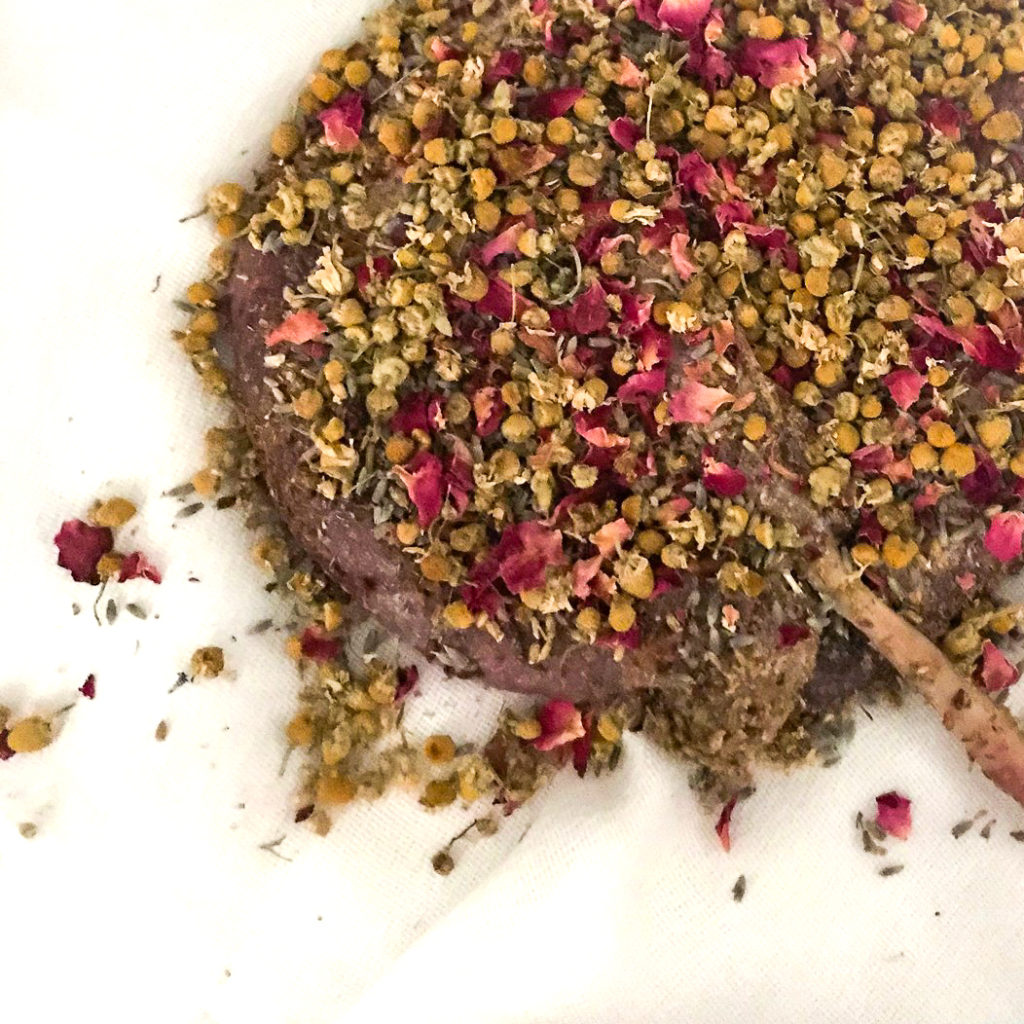
Things To Do With Your Placenta Before Cutting the Cord
Lotus Birth The cord is never cut during a lotus birth; instead, it is gradually allowed to separate from the infant over time. After the cord has stopped pulsing, it spontaneously clamps shut and dries to a twig-like substance.
Most people outside of the birth and/or holistic health community may think this is strange and question why you would go to such efforts. We also see a push against it from some hospital workers.
Those who have had a lotus delivery say that their babies had a smoother and more peaceful transition from uterine existence to the outside world.
Things To Do With Your Placenta After Cutting the Cord
Various nutrients, especially iron and vitamin B6, and hormones advantageous to the baby while in the womb, are found in the placenta. Many health experts feel these nutrients are preserved in the placenta and see their benefits.
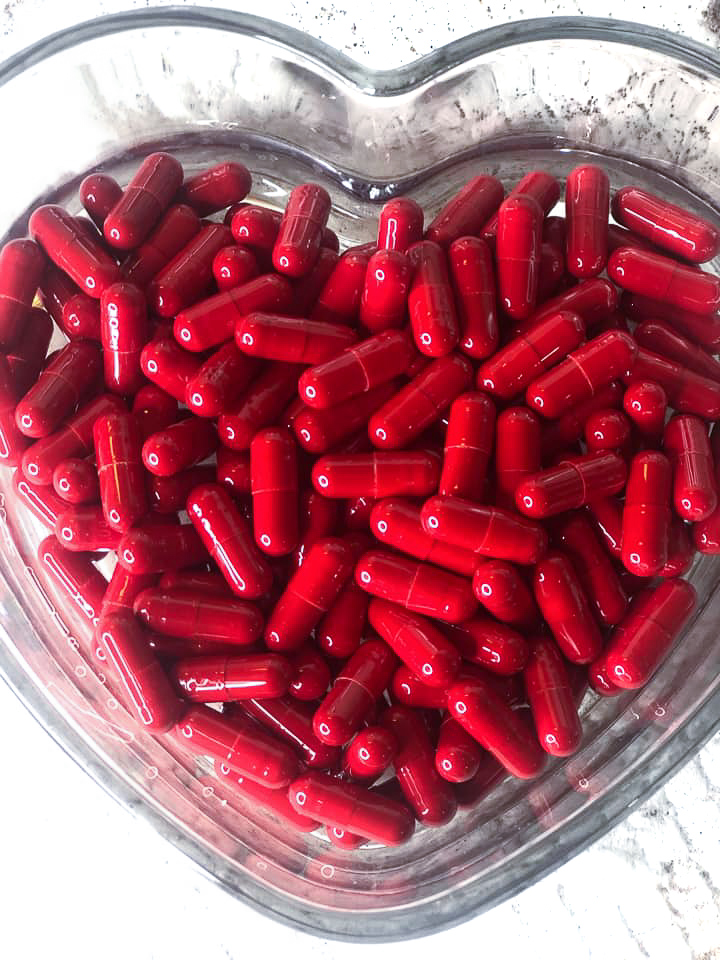
- Encapsulate It
The most frequent method is placenta encapsulation, which involves steaming, cooking, and grinding the organ into a powder. After that, the powdered placenta is put into a capsule. You can take this encapsulated placenta in the morning with coffee.
2. Smoothies, Snacks, and Chocolate?!
The same reasoning applies here as it does above regarding its benefits properties in assisting the birthing person’s recovery after childbirth. Humans are the unusual ones out, although eating your placenta may seem extreme or strange. We are one of the few species, along with camels, that do not collectively assume to consume our placentas.
Suppose you want to make a smoothie with your placenta. In that case, you can freeze it in chunks and add a tiny amount to a regular fruit smoothie whenever you need a boost in the postpartum period. It appears that it does not affect the taste of the fruit!
There are placenta encapsulators who mastered the art of making snacks, including chocolates! What a treat!
3. Burial Ceremony
Many cultures around the world regard the placenta as being sacred. Many people choose to bury the placenta. Some cultures consider planting a tree on top of it. This is a traditional aspect of the birth process in places like Indonesia. It is also thought to bind the individual it nurtured to their birthplace. This process gives the land nutrient-dense fertilizer. If you decide to bury your placenta, make sure you dig deep enough to avoid attracting local wildlife.
4. Create Art
Placenta prints can also be framed and hung in the home or office. Consider the famous Tree of Life design to commemorate the beginning of your baby’s life.
Get creative with your placenta art and consider making it into a frame.

Àṣẹ Doula Service
Placenta Benefits
Research has found that the placenta after birth includes a variety of nutrients, including fiber, protein, and potassium, and hormones like estradiol and testosterone. Here are some placenta benefits for you.
Healthier and Increased Milk Production
Using the placenta has been an essential part of birthing history.
Some lactating people claim that they see a significant rise in milk production.
Increased Energy and Better Mood
Researchers surveyed 189 women who had engaged in placentophagy, many of whom had previously experienced postnatal mood disorders, in a study published in 2013.
Research indicated that eating the placenta may improve your postpartum mood.
Measures To carrying And Store Placenta
If you want to bury your placenta after birth, you’ll need to transfer it and plant it in a container. The placenta should not be reopened or handled once it has been sealed in the container until you are ready to bury it.
The human placenta must be carried home as soon as possible after birth and preserved in a cool area since it will quickly break down and decay. It should be kept in a refrigerator with no food in it for 48 to 72 hours before being buried.
Hire a trained placental encapsulator to perform placenta encapsulation. A trained encapsulator can encapsulate your placenta in your home so that you don’t need to leave the house. The placenta will be dried, powdered, and packed into capsules for you to consume as supplements. However, because there is no effective industry regulation, make sure you select a respectable practitioner.
The placenta separates from your uterus too soon, before your baby is ready to be born if you have a detached placenta. This can cause some complications, and according to some research, it’s advised not to consume the detached placenta.
Your placenta has done an incredible job of feeding your baby throughout your pregnancy. Reading about some of the numerous ways to use or be creative with your placenta after birth can inspire you to do something with your own.
Let us know what you plan to create with your placenta. Enjoy!
